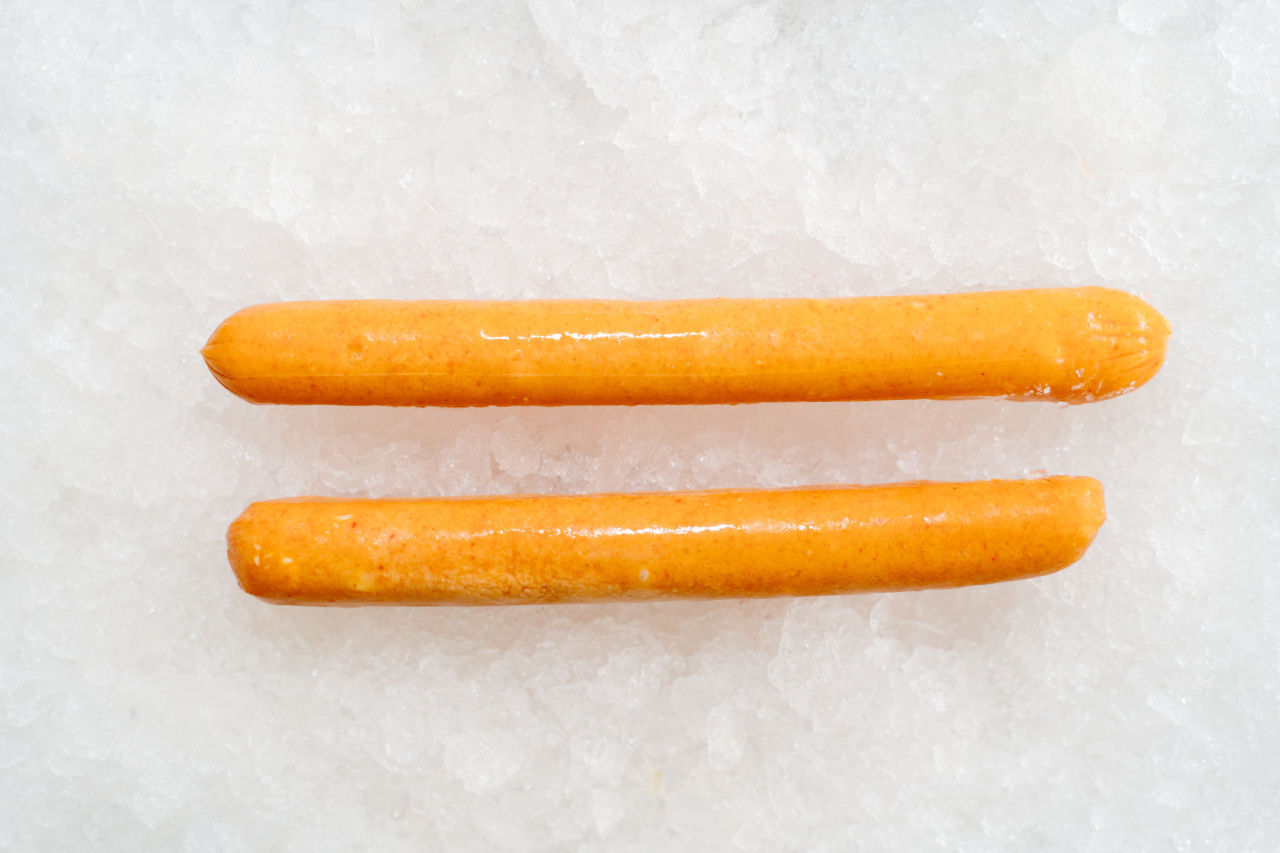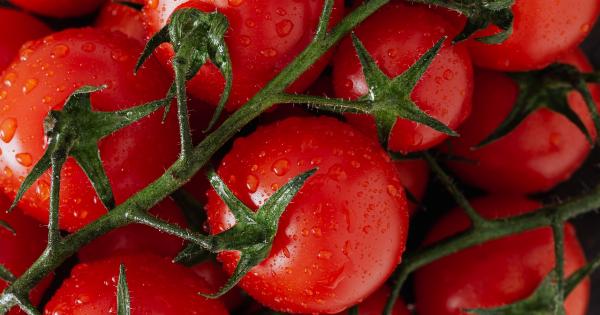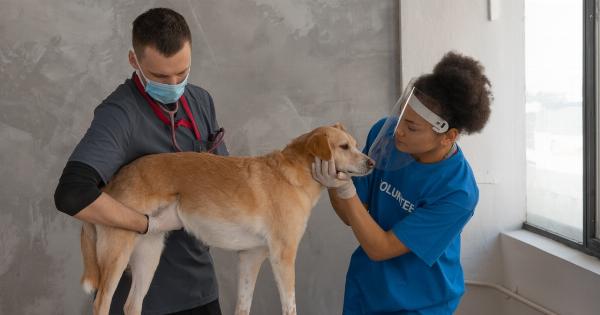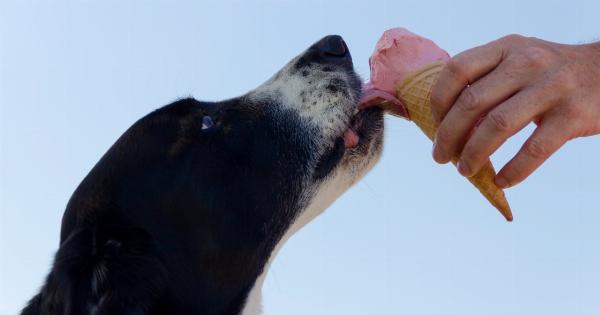Raw food diets for dogs have become increasingly popular over the years. Advocates argue that feeding your dog raw food is the best way to promote their health and well-being. However, others argue that the risks of raw food outweigh the benefits.
In this article, we’ll explore the benefits and risks of raw food for dogs.
Benefits of Raw Food for Dogs
1. Better Digestion
Raw food has natural enzymes and amino acids that help to break down food in a dog’s digestive system. This means that your dog is better able to absorb the nutrients from food, leading to better overall health.
2. Improved Dental Health
Feeding your dog raw food requires more chewing, which can help reduce the build-up of plaque and tartar on their teeth. This can help prevent dental issues such as gingivitis and tooth decay.
3. Shinier Coat
The natural oils and fatty acids found in raw food can help promote a shiny, healthy coat for your dog. This is because these nutrients improve the health of your dog’s skin and fur.
4. Increased Energy and Stamina
Because raw food is easier to digest, your dog may have more energy and stamina. This can be particularly beneficial for working dogs or dogs that engage in a lot of physical activity.
5. Fewer Allergies and Sensitivities
Many commercial dog foods contain fillers and additives that can cause allergies and sensitivities in dogs. Raw food, on the other hand, is typically made from a limited number of ingredients, making it less likely to cause these issues.
Risks of Raw Food for Dogs
1. Bacterial Contamination
Raw food can be contaminated with harmful bacteria such as Salmonella and E. coli. This can put both you and your dog at risk, as these bacteria can be transmitted through contact with your dog’s saliva or feces.
2. Nutrient Imbalances
Feeding your dog a raw food diet requires careful planning to ensure that they are getting all of the nutrients they need. If the diet is not properly balanced, your dog may be at risk of nutrient deficiencies.
3. Risk of Choking
Bones and other hard materials found in raw food can pose a choking hazard for dogs. This is particularly true for dogs that are prone to gulping their food without chewing it properly.
4. Potential for Parasites
Raw food is often uncooked, which means that it may contain parasites such as tapeworms and roundworms. These parasites can cause serious health issues for your dog if left untreated.
5. Cost
Feeding your dog a raw food diet can be expensive, especially if you choose to feed them high-quality meat and other ingredients. This can be a significant barrier for many pet owners.
Conclusion
While there are certainly benefits to feeding your dog a raw food diet, it’s important to carefully weigh the risks as well. If you decide to switch your dog to a raw food diet, be sure to consult with your vet first.
They can help you create a diet that is properly balanced and meets all of your dog’s nutritional needs.





























